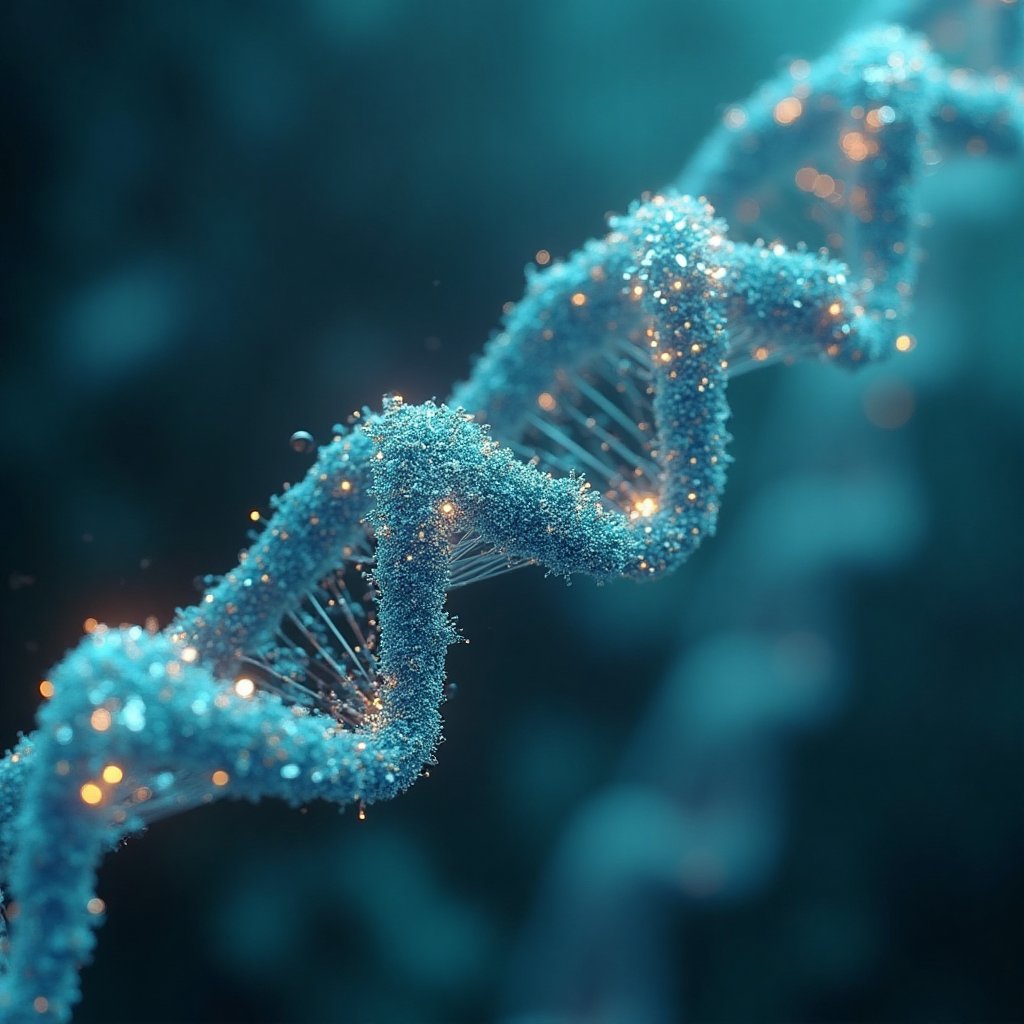What Are DNA Nanorobots?
DNA nanorobots are tiny structures made from DNA strands that can be programmed to perform specific tasks. Think of them as microscopic construction workers, building and reshaping cellular environments at will. These nanorobots are created using DNA origami, a technique that involves folding long strands of DNA into specific shapes using shorter "staple" strands. The result is a highly customizable tool that can interact with biological systems in ways that were previously unimaginable.
In this study, the researchers used DNA nanorobots to manipulate giant unilamellar vesicles (GUVs), which are synthetic structures that mimic the lipid membranes of living cells. By controlling the shape and permeability of these membranes, the team was able to create transport channels that allow large molecules, such as therapeutic proteins, to pass through. This is a game-changer for drug delivery, as it enables the precise targeting of cells without affecting surrounding tissues.
How Does It Work?
The process begins with the design of DNA origami structures that can change their shape in response to specific signals. These structures act as nanorobots, interacting with the lipid membranes of GUVs to create temporary channels. These channels can be opened and closed as needed, allowing for the controlled transport of molecules into and out of the synthetic cells.
According to Prof. Stephan Nussberger, a co-author of the study, "This means that we can use DNA nanorobots to design the shape and configuration of GUVs to enable the formation of transport channels in the membrane." The ability to program these channels is particularly exciting because it has no direct biological equivalent in living cells. This opens up new possibilities for creating synthetic systems that can mimic or even surpass the functionality of natural biological processes.
Why Is This Important?
The implications of this research are vast. For one, it could revolutionize the way we deliver drugs to specific cells in the body. Traditional drug delivery methods often rely on systemic administration, which can lead to side effects and reduced efficacy. With DNA nanorobots, we could target diseased cells directly, minimizing harm to healthy tissues and maximizing the therapeutic effect.
Additionally, this technology could be used to create artificial cells with specific functions, such as producing insulin for diabetics or repairing damaged tissues. It could also pave the way for the development of synthetic organs, reducing the need for donor organs and the risk of rejection.
Prof. Hao Yan, another co-author of the study, sums it up perfectly: "Our approach opens up new possibilities to mimic the behavior of living cells. This progress could be crucial for future therapeutic strategies."
The Bigger Picture
This research is part of a broader trend in synthetic biology, where scientists are increasingly using engineering principles to design and build biological systems. By combining the precision of DNA nanotechnology with the complexity of biological membranes, researchers are pushing the boundaries of what is possible in medicine and biotechnology.
But this is just the beginning. As Prof. Laura Na Liu points out, "This work is a milestone in the application of DNA nanotechnology to regulate cell behavior." The next step is to explore how these synthetic systems can be integrated into living organisms and how they can be used to treat a wide range of diseases.
What’s Next?
The study raises several intriguing questions. Could synthetic platforms like DNA nanorobots be designed with less complexity than their biological counterparts while still functioning effectively in a biological environment? How can we scale up this technology for use in clinical settings? And what are the ethical implications of creating artificial cells and organs?
These are questions that will need to be addressed as this technology continues to evolve. But one thing is clear: DNA nanorobots have the potential to transform medicine and synthetic biology in ways we are only beginning to understand.
Join the Conversation
What do you think about the potential of DNA nanorobots? Could this technology change the way we treat diseases? Share your thoughts in the comments below and become part of the Shining City on the Web community. Like, share, and participate in the debate. Together, we can explore the future of science and technology.
For more cutting-edge insights, check out Science Daily and stay tuned to iNthacity for the latest updates in innovation and discovery.
Wait! There's more...check out our gripping short story that continues the journey: The Veil of the Ancients
Disclaimer: This article may contain affiliate links. If you click on these links and make a purchase, we may receive a commission at no additional cost to you. Our recommendations and reviews are always independent and objective, aiming to provide you with the best information and resources.
Get Exclusive Stories, Photos, Art & Offers - Subscribe Today!

























Post Comment
You must be logged in to post a comment.